Welcome to the inspiring journey of Chloe Trask, a talented graduate from the National Design Academy, where she specialised in the BA (Hons) Heritage Interior Design. Chloe’s passion for design began early on, driven by a fascination with historical spaces and the stories they tell. At the academy, she learned to blend this passion with modern design techniques, transforming ancient aesthetics into functional, contemporary spaces.
In this spotlight, we delve into Chloe’s educational path, her creative projects, and how she skillfully bridges the past with the present in her designs. Her story is not just about preserving history, but making it accessible and relevant for today’s world. Discover how our flexible study options enabled Chloe to pursue her dreams without sacrificing her professional commitments, and how you too can embark on a similar path to redefine spaces and perceptions.

What first sparked your passion for design?
From a young age, I have always been fascinated by history, castles, and travel. I was drawn to how diverse cultures and societies utilised space, and I found myself intrigued by the creative problem-solving involved in designing environments that cater to both function and aesthetics. I quickly realised that design has a profound psychological impact—how the spaces we inhabit can influence our mood, behaviour, and overall well-being. This realisation sparked my passion for design and motivated me to pursue it as a career.
Who is your biggest design inspiration?
My biggest design inspirations are Laura Hammer from the UK, Anne Marie Barnett, and Stephen Gambrel, both from the USA. Each of them brings a unique perspective to design:
- Laura Hammett’s ability to blend modern elegance with timeless appeal resonates deeply with me.
- Anne Marie Barnett’s work, known for its thoughtful balance of functionality and style, has been a constant source of inspiration.
- Stephen Gambrel’s use of colour, texture, and bold design choices has taught me how to create spaces that are both striking and liveable.
Together, they have shaped my approach to design and continue to influence my creative vision.
How would you describe your design style/taste in 3 words?
Evocative, Functional and Elegant
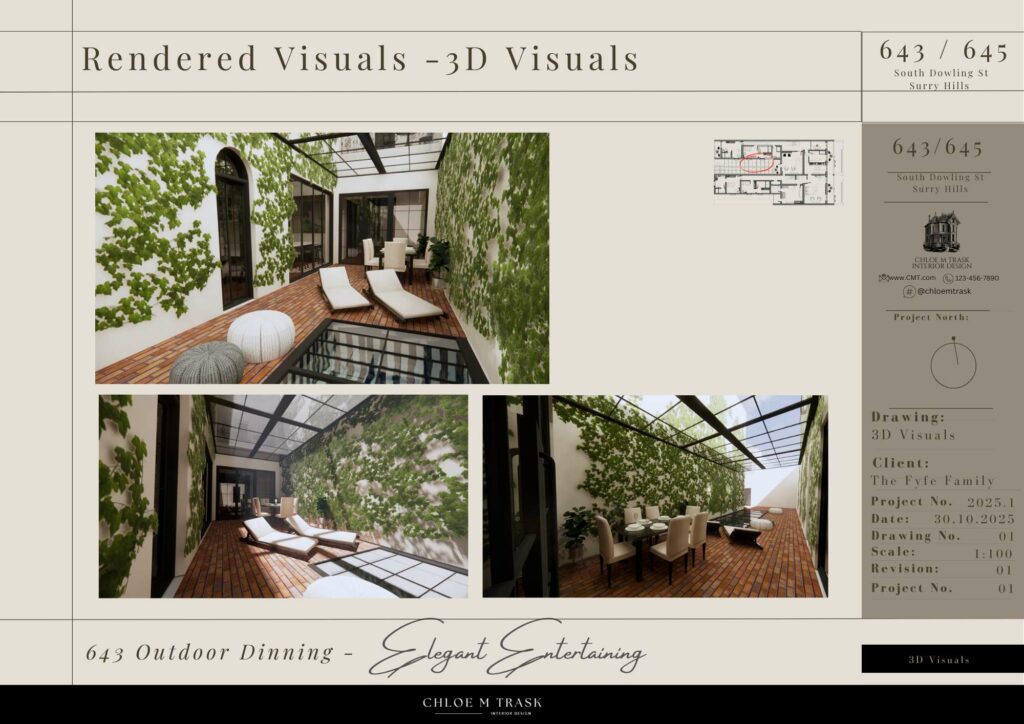
What made you apply to the National Design Academy?
I was working full-time at Claridge’s Hotel on the prestigious Mega Build project and wanted to pursue my studies with the flexibility to balance both my professional and academic commitments. The opportunity to study while maintaining my full-time role was essential for me to continue growing and developing in my career, and I felt that National Design Academy would provide the ideal environment to achieve that balance.
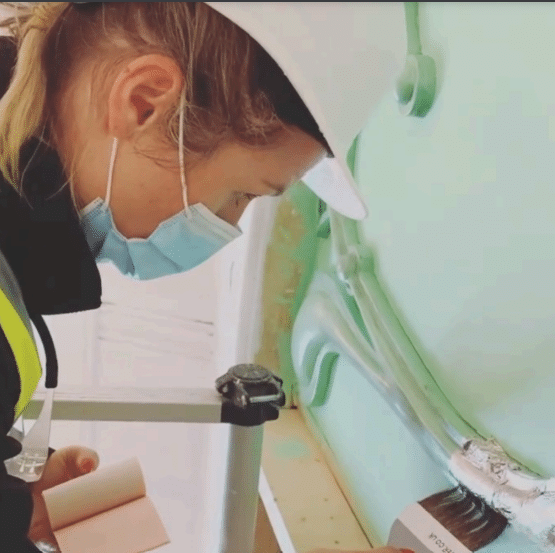
What is the most unexpected thing you have learned from the course?
The most unexpected thing I have learned from the course is how comprehensively it prepares you for success, not just creatively but also professionally. One standout feature is the dedicated module on setting up and managing your own business, which walks you through every step of the process.
It begins with the basics, such as choosing a business name and designing your stationery to reflect your brand identity. From there, it expands into creating a realistic budget, understanding financial planning, and crafting a professional portfolio.
What truly impressed me was how each module builds upon the last, growing in complexity as your skills and confidence develop. For instance, while the earlier stages focus on foundational aspects, later modules guide you through client management, marketing strategies, and setting long-term goals. This progression mirrors the real-world journey of building a design business, ensuring that by the end of the course, you have both the creative expertise and the business acumen to thrive in the industry.
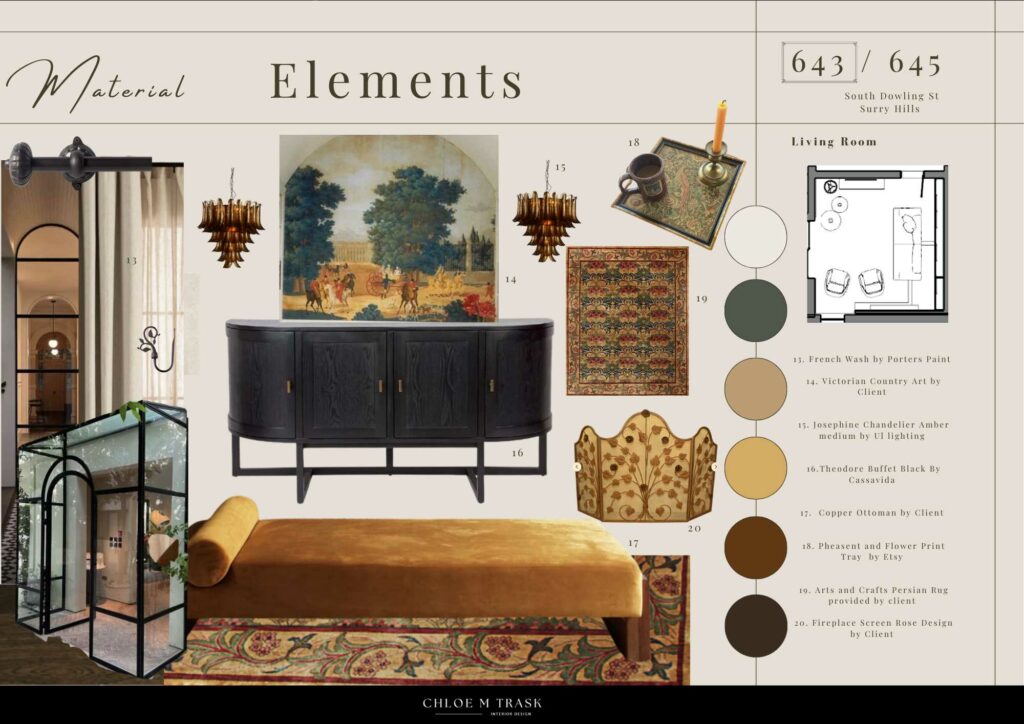
What has been your favourite course module and why?
There have been two standout modules for me:
Module 10, the dissertation, was a completely new challenge that required me to adopt a unique style of writing and delve deeply into research on a topic I was truly passionate about. I focused on how interior designers should address all disabilities. Through my research, I discovered the importance of developing a broad understanding of the diverse needs of those using a space. This module pushed me to think critically and creatively about inclusivity in design and gave me the opportunity to advocate for meaningful change within the industry.
The final module was where everything came together. It was my chance to merge all the skills I had developed throughout the course—creative, technical, and analytical—into one cohesive project. It felt like the culmination of all my hard work, and I poured my heart and soul into it. This module allowed me to showcase my growth, my ability to integrate various elements of design, and my vision as a designer. It was incredibly rewarding to see how far I had come and to produce work that I felt truly proud of.
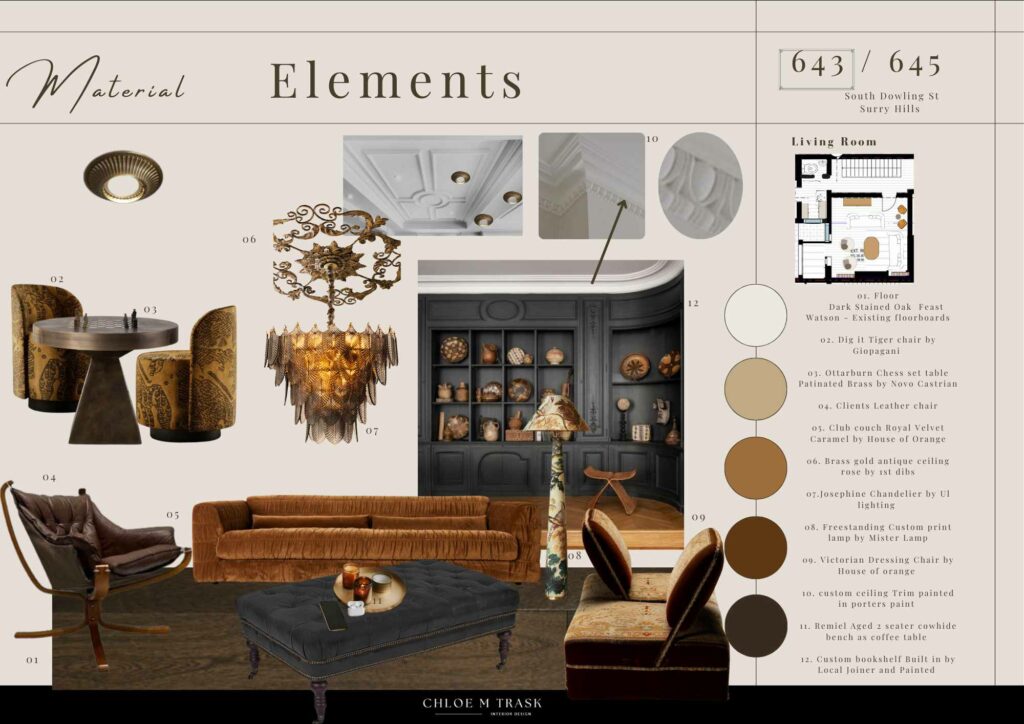
What is your favourite project on which you have worked?
My favourite project that I have worked on was at Claridge’s Hotel in Mayfair, London. It was an extraordinary experience, especially as it took place during the challenging time of COVID-19. Despite the difficulties, it was incredibly rewarding to be part of such a prestigious project.
One of the highlights was learning the intricate art of gold leafing, particularly applying it to the ballroom archway—a skill that required patience, precision, and attention to detail. Being on the building site of such an iconic establishment was equally fascinating, as it allowed me to witness the seamless collaboration between craftsmen, designers, and builders.
The combination of heritage, craftsmanship, and modern challenges made this project both inspiring and unforgettable. It deepened my appreciation for the artistry and effort that goes into restoring and enhancing a historic space while maintaining its legacy.
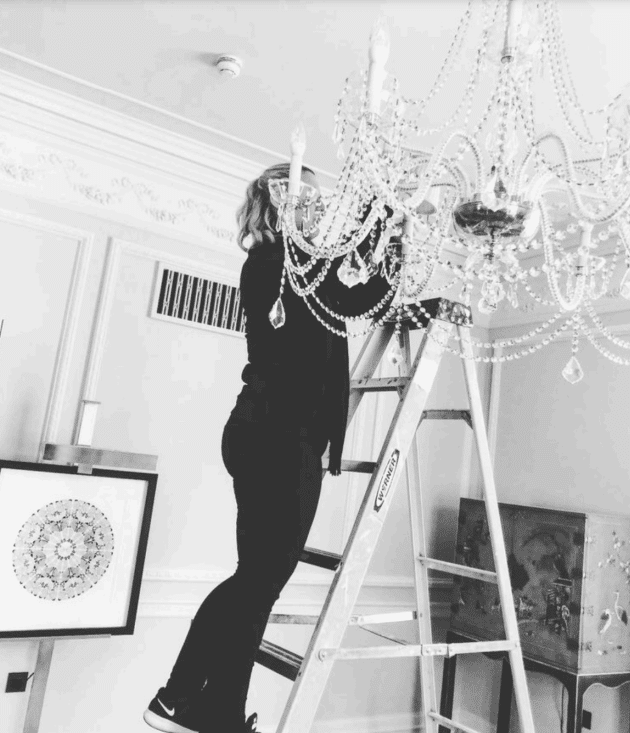
What advice would you give to potential National Design Academy students?
My advice to potential National Design Academy students is simple: JUST DO IT!
The effort and passion you put into the course will directly reflect in what you get out of it. It is an incredible opportunity to develop your skills, expand your creativity, and prepare for a career in design.
One tip I would strongly recommend is to consider taking the software course offered by the Academy before starting the degree. It provides a solid foundation on the essential software programs used in professional interior design that you will need and makes navigating the course much smoother. With dedication and hard work, you will find the experience incredibly rewarding and transformative.
Now that you have just finished your course, what are you doing next?
Now that I have finished my course, I have relocated back to Sydney, Australia—for now. It feels like a mini-London in some ways, though I do miss the UK and would love to return someday. My immediate goal is to start a facade restoration business, combining my passion for heritage preservation with the skills I have developed.
I am also focused on continuing my professional growth by learning from the best in the industry. Additionally, I am exploring the possibility of pursuing a Master of Heritage Conservation at Sydney University to deepen my expertise and make an even greater impact in the field of heritage restoration and design.
As we conclude our journey through Chloe Trask’s innovative approach to Heritage Interior Design, her work continues to inspire and redefine the boundaries of this niche field. To explore Chloe’s portfolio or connect with her for insights and potential collaborations, visit her LinkedIn profile here and follow her journey on Instagram @chloemtrask.
Study Our BA (Hons) Heritage Interior Design Degree Online!
Whether you’re looking to advance your career like Chloe or explore a passion for historic interiors, our flexible study options cater to every schedule and lifestyle. Start your journey towards becoming a heritage design expert with us!


One Response
Chloe Trask’s journey into the world of Heritage Interior Design is truly interesting! It’s inspiring to see how she develops her skills and explores design with a historical twist. May her success continue and have a positive impact on the industry!